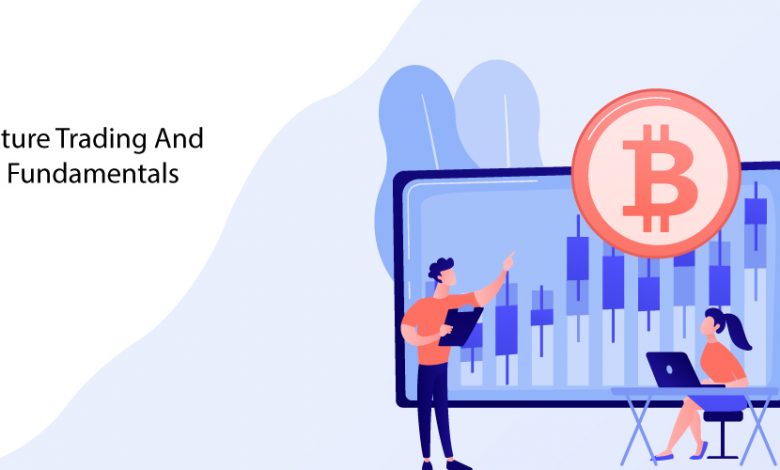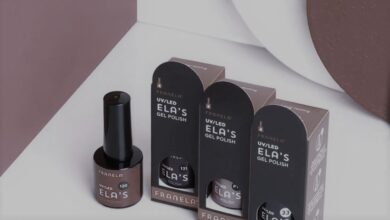Futures trading: Definition, history, trading techniques, Pros and Cons

What is futures trading?
Futures and options are derivative financial tools. Futures trading refers to a contract signed between two parties which obligates them to sell/buy an asset at a per defined price and future date. Here the seller must sell, and the buyers must buy the underlying security at a fixed price, regardless of market conditions and the price at the time of expiration.
Underlying security comprises both the financial instruments and the physical commodities. Future trading aids the trading on a futures exchange and also describes the size of the underlying asset. Moreover, traders can also make use of it as a hedging instrument or for trade speculation.
These future trading agreements have a fixed, predetermined price and have expirations dates (decided beforehand). Futures are known by their month of expiration—for example, November gold futures agreement expires in November. The term “futures” describes the entire market. However, there are various types of futures contracts available in the financial market for trading.
- Stock index futures which include index such as S&P 500 Index
- Commodity futures which include physical commodities such as natural gas, crude oil, wheat and corn
- Precious metal futures which include silver, gold and platinum
- The United States Treasury futures for products such as bonds
- Currency futures which include the British pound, euro, dollar and several others
History of futures trading
The Dutch founded various financial instruments and hence laid the foundation of the modern financial market system. In Europe, the financial futures market emerged in the Dutch Republic in the 17th century. The most famous futures contracts at that time were the tulip futures which emerged during the time of Dutch Tulip mania in the year 1636. The Dōjima Rice Exchange started in the year 1697 in the territory of Osaka. It is regarded as the first futures exchange market which fulfilled the requirement of Samurai. The Samurai at this time were searching for a stable conversion to coin after the succession of bad rise harvest.
The CBOT or Chicago Board of Trade in the year 1864, listed the first regulated exchange-traded forward agreement. It was named as the futures contract. It started with grain trading, and soon the contract system became popular among traders. They started trading on various other commodities as well as on futures exchanges present in countries across the world.
The creation of the IMM (International Monetary Market) by the Chicago Mercantile in 1972 laid the foundation of the world’s first futures exchange. With this, the first currency futures started successfully. In the year 1976, the International Monetary market listed the interest rate futures on the United States treasury bills. And finally, in the year 1982, they decided to add the stock market index futures.
How can one trade a futures contract?
A futures trading is generally employed for hedging commodity price-variation risks or taking benefit of price shifts. Rather than for selling or buying of the actual physical or cash commodity, one can easily use a futures contract. One can use futures contracts on three different assets which include commodities, stocks, currency pairs and indices.
There are two key market participants in futures trading- the speculators and the hedgers. Hedgers make use of futures agreement to protect their trade from rapid or irrational future price shifts in the underlying cash commodity. Hedgers are mainly those individuals or businesses which at one point or another point trade in the underlying cash commodity.
Consider an example of this: A big food processor who stores coffee. If the prices of the coffee surge, he must pay the coffee dealer or farmer more. For security against the larger coffee prices, the hedger can employ this way. He can hedge and mitigate risk exposure by purchasing enough coffee futures agreement to cover the amount or volume of coffee he expects to purchase. Since futures and cash prices do move in a similar direction, the futures position will benefit if coffee price surge sufficient of cash coffee losses.
Speculators are the next bigger class of the futures market participants. These market players include independent floor investors and traders. Independent floor traders or simply “locals” trade for their own trading accounts. At the same time, the floor brokers deal with and trade on behalf of their personal customer or brokerage firms.
The distinction between futures trading and other financial instruments
At first, the value of futures lies on another derivative. Hence from here, we can conclude that it does not have any inherent value in itself. The aggregate lasts only for a specific time interval and has an expiration date whereas, in financial instruments, it is not. When one purchases a stock, it indicates a share in a firm and can be held for an extended period. In the case of futures contracts, there is a fixed period. Due to this reason, market timing and direction are important while dealing in futures trading.
The next difference between futures trading and financial instruments lies in the use of leverage, for this read the next point.
Leverage in futures trading
Till now, it must be clear that future trading is just an agreement for investing in the financial derivative. To initiate this contract, the trader need not be required to pay the entire amount for an aggregate; only a small upfront amount is needed. Thus, we can say it is an initial margin amount of the net value, which is needed to initiate the agreement. The exchanges fix the maintenance and margin value. It is one of the most important concepts which make financial instruments and futures contracts different from one another.
There are various brokerage firms which provide leverage-based trading. One such broker is ROinvesting.
It is a well-regulated brokerage firm working under the guidelines of the Cyprus Security and Exchange Commission.
The broker offers various tradable assets which include stocks, indexes, future, digital currencies, forex and several others.
The maximum leverage offered by the firm is 1:400.
Regulations of futures trading
The CFTC or Commodity Futures Trading Commission is the central authority regulating the futures markets. Congress made this commission in the year 1974. It is a federal agency which helps in maintaining the integrity of the futures market prices. It prevents fraud, abusive trading practices and regulating those brokerage firms which provides futures trading.
Choosing a broker for futures trading
Investing in a futures contract or any other financial derivative instrument requires a financial service provider. The broker is an important entity which provides access to the wide variety of financial markets and exchanges where these instruments are transacted. The process of selecting the broker is tricky and confusing. Here are several points which you can consider while choosing a suitable broker for you.
-
- The regulatory authority and the license number under which the brokerage firm runs
- The leverage offered by the broker on various assets and markets
- The value of the pip
- The trading platform available with the broker
- The tools and indicators it provides
- The research tools and educational courses available
- Types of account offered, their leverage and charges on them
The advantages and disadvantage of futures trading
Pros
1) Traders can use futures to speculate on various markets and in the direction of the price of the underlying security.
2) The firms can hedge the products and the price of the raw material they sell to secure from sudden market price shifts.
3) Futures contract allows traders to deposit only a small amount with the broker.
Cons
1) Trading on margin can harvest enormous profit but at the same time if not properly used can amplify the losses too.
2) Sometimes you may also miss the favorable price movements
The Bottom Line
Futures trading looks simple when viewed from one end, but there are various concepts attracted to it. For successful trading, the very first thing is going through all the fundamentals and choosing the right broker. With the right broker, the chance of potential profit surges and also your decision making improves. So, invest the popular one the ROinvesting.





